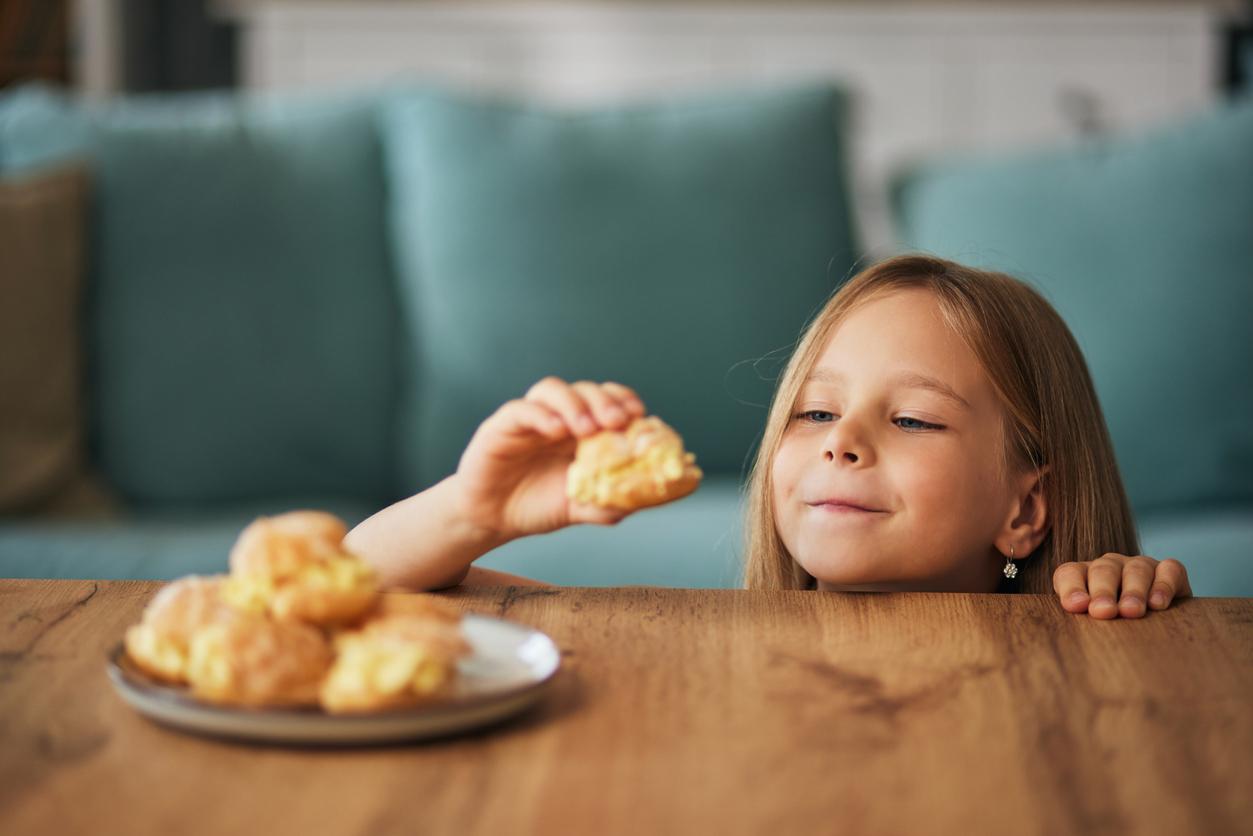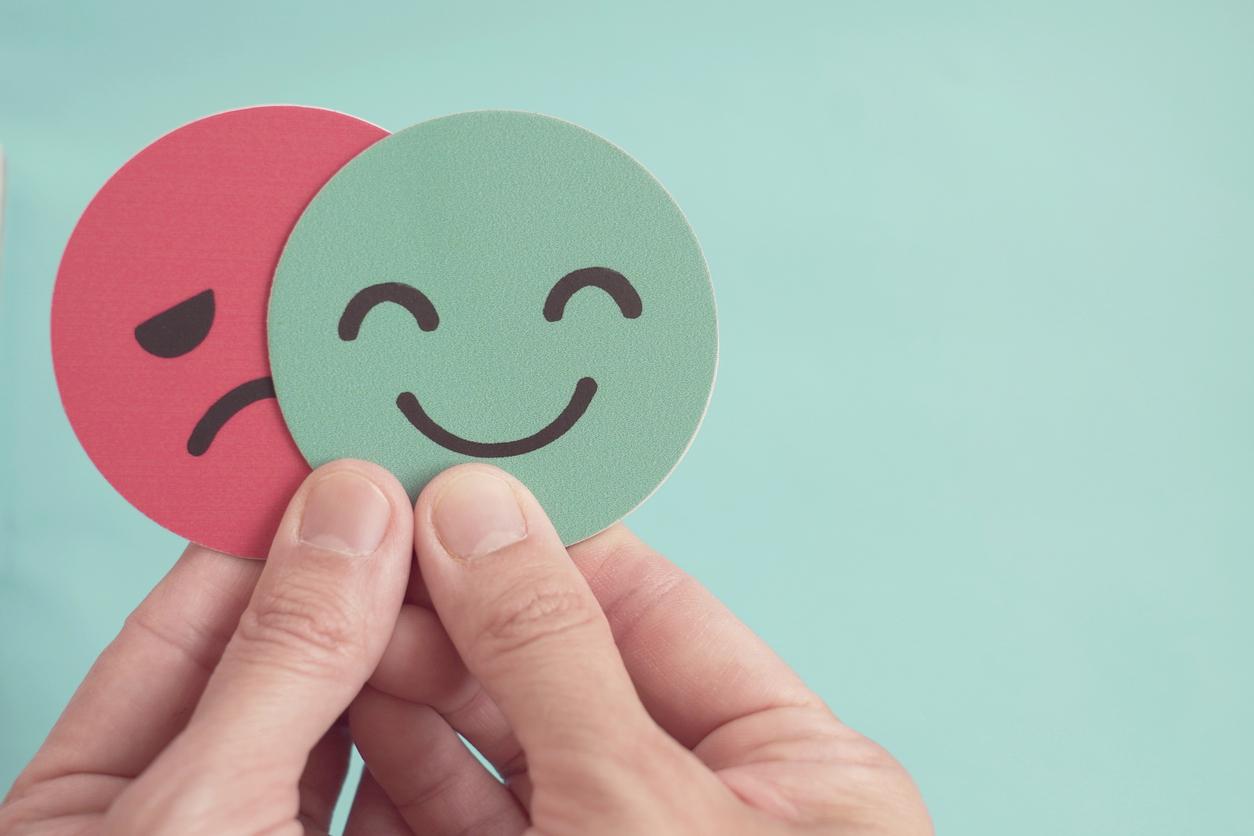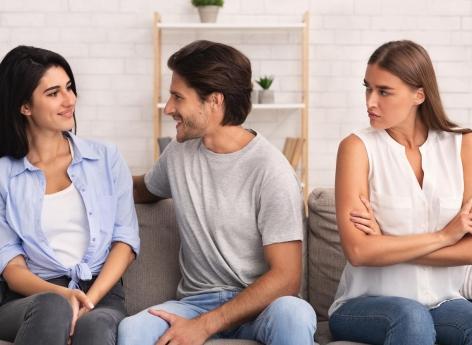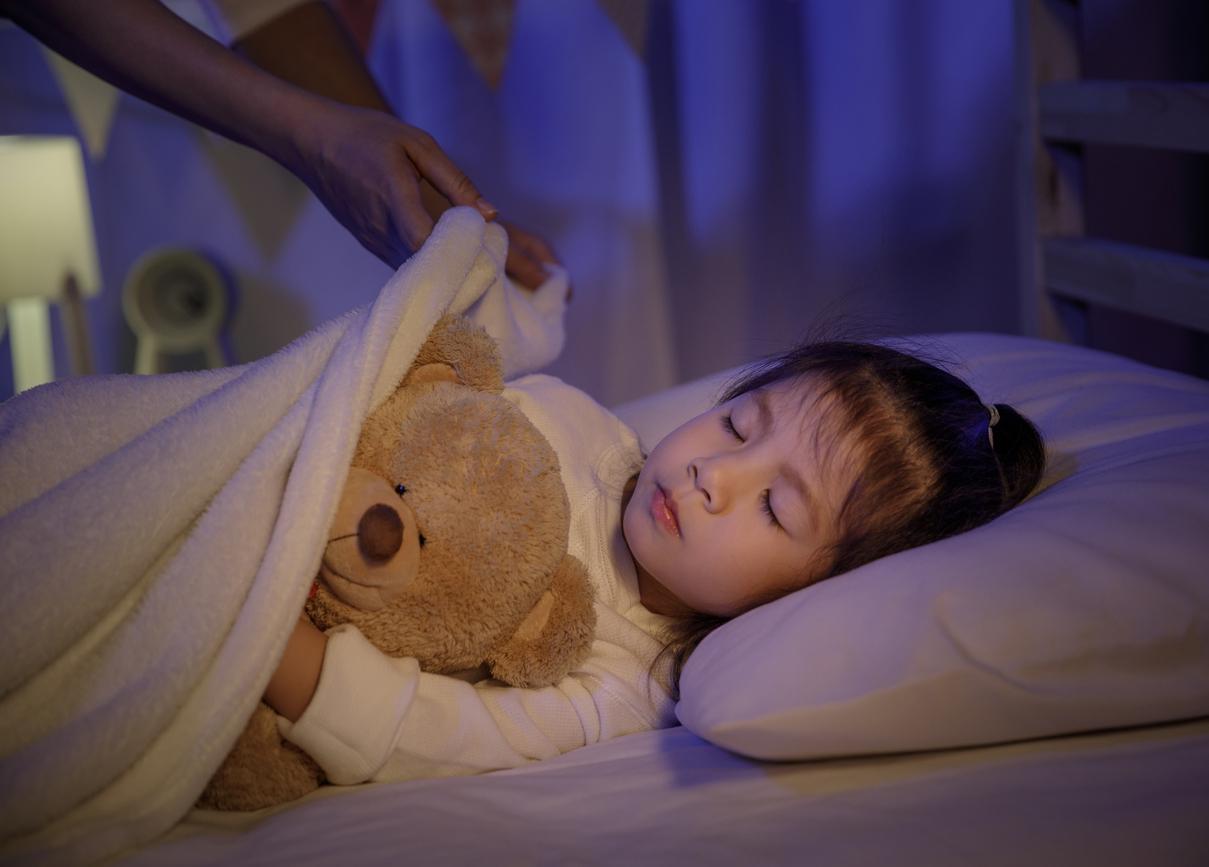Why, when we are in love, do we often put the well-being of our partner before our own? Researchers looked into the question and discovered that this altruism was a clever mix between hormones and genetics.

A few days before Valentine’s Day, a mystery still remains, even for scientists: love. How to explain this affectionate feeling between two people? And above all, how to understand the relationship they weave, made of empathy and altruism?
A team of researchers from the University of California, Santa Barbara has looked into the question and may have found the answer. In a study published in the journal Behavioral Neuroscience, they explored how genetics and brain activity promote altruistic behaviors toward romantic partners.
The key role of oxytocin and vasopressin
It is not the first time that altruism, that is to say the fact of devoting oneself to a person in a disinterested way, has been the subject of scientific questioning. For researchers, this feeling is notably induced in our genes and is perceived as an unconscious strategy to ensure the survival of ancestors: by providing for the needs of our loved ones, we ensure the transmission of some of our own genes.
But this new work goes further. “It would make sense for people to be particularly invested in the well-being of their partners because they want to live long, happy and healthy lives together,” says Bianca Acevedo, a research scientist at the Institute for Neuroscience Research. UC Santa Barbara and lead author of the study. “And in the case of newlyweds, some of them will want to have children. So being selfless towards one’s partner is an investment in one’s offspring. Responding to a child selflessly is a gesture of the utmost importance,” continues -she.
To verify this hypothesis and discover the springs behind the empathy and altruism of couples, the researchers recruited newlywed couples. The objective: to study the part of genetics in the feeling of love, but also that of cerebral activity by analyzing in particular the production of two hormones. First, oxytocin, known as the “love hormone” and which plays an important role in the process of trust, empathy and marital bond. But also the hormone vasopressin, to which scientists attribute a role of attachment.
The team tested each participant on two genetic variants, one involved in oxytocin sensitivity and the other related to vasopressin sensitivity. The researchers then asked them to answer a questionnaire asking them what they thought of their partner and other people. This gave them a first measure of each person’s overall levels of empathy and altruism towards their partner.
Finally, the participants underwent a soft tissue analysis of their brain. This allowed the researchers to see how different parts of the brain activate in response to different types of stimuli. In this case, participants were shown photos of their partners, friends and strangers with different facial expressions. The researchers explained what the person in the photo was feeling and why, in order to elicit an emotional response.
Activation of specific areas of the brain
When participants felt a strong sense of empathy for the person in the photo, brain regions associated with emotions and emotional memory lit up. “It’s almost as if the brain is reacting in a way that signals, ‘It’s important, pay attention,'” says Bianca Acevedo.
These brain regions (like the amygdala and ventral pallidum) have a particularly dense concentration of oxytocin and vasopressin receptors, further implicating these neurotransmitters in empathy and altruism. These areas lit up even more in people with genetic variations that made them more sensitive to these hormones.
The researchers also found that the brain regions that activate specifically in response to a partner’s face are the same ones that are critical in other animals during pair bonding and attachment studies. This suggests that our brains have pathways devoted specifically to attachment-related behaviors, pathways that may be quite old. However, some of these attachment pathways showed activity even when participants saw the faces of strangers, which speaks to the complex notions of empathy and altruism at play in humans.
The research team said they continue to investigate empathy and altruism and caregiving in different types of couples. “Beyond romantic love, we live together for a long time. Many of us raise children together or care for each other well into old age. And altruism is deeply rooted in our evolutionary framework, neural and genetic”, concludes Bianca Acevedo.
.














